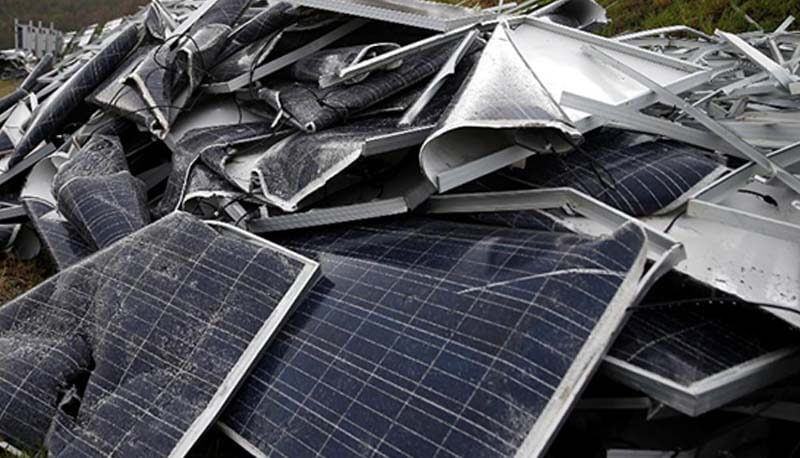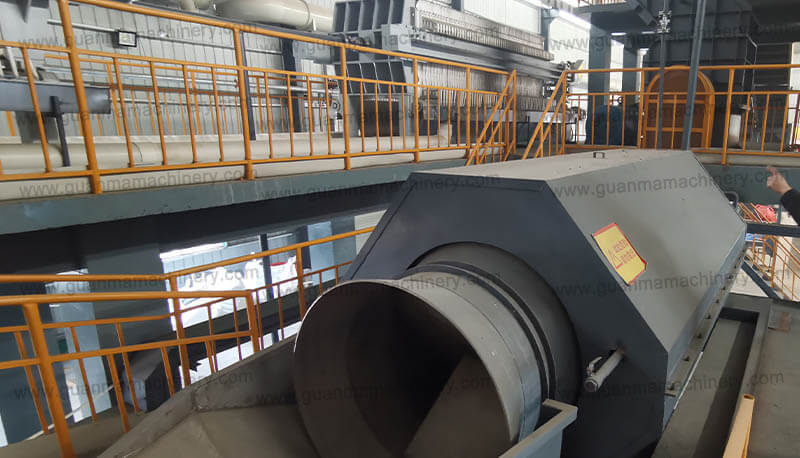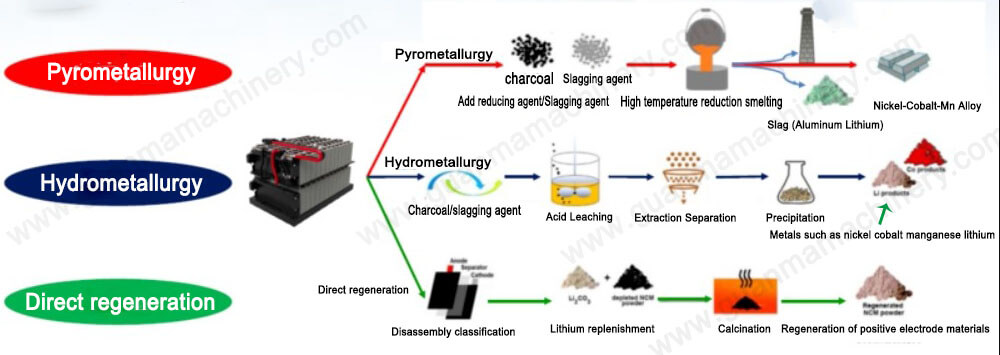Purifying gold by electrolysis is a method used to refine gold to a high degree of purity. The process is based on the principle that gold, being a noble metal, can be dissolved in certain electrolytes and then re-deposited onto a cathode.
Purify Gold Electrolysis Equipment and Materials Needed:
1. Gold Electrolyte Solution: Typically, a solution of gold chloride (AuCl₃) or gold cyanide (NaAu(CN)₂) is used.
2. Anode: The gold material to be purified is placed as the anode (positive electrode).
3. Cathode: A clean sheet of pure gold is used as the cathode (negative electrode).
4. Power Source: A regulated DC power supply is required to provide the necessary current.
5. Electrolytic Cell: A container that holds the electrolyte solution and electrodes.

Process Steps:
1. Preparation:
The gold to be purified (typically gold scrap or gold ore) is first melted and cast into a shape suitable for the electrolysis process (usually as a rod or slab).
A suitable electrolyte is prepared, typically using gold chloride or gold cyanide dissolved in water.
2. Setting Up the Electrolytic Cell:
The electrolyte solution is placed into an electrolytic cell (a container that holds the solution).
The anode (impure gold) is connected to the positive terminal of the power supply, while the cathode (pure gold sheet) is connected to the negative terminal.
When electricity is applied, gold from the anode (impure gold) dissolves into the electrolyte as gold ions (Au³⁺ or Au⁺, depending on the electrolyte used).
These gold ions are carried through the electrolyte and deposited onto the cathode as pure gold.
Impurities (other metals such as copper, silver, etc.) in the anode are either left in the electrolyte solution or form a sludge at the bottom of the cell, depending on their solubility and electrochemical properties.
4. Finishing:
After a sufficient amount of time, pure gold will have built up on the cathode, and the impurities will either be removed from the electrolyte or left behind in a sludge form.
The pure gold deposited on the cathode is then removed, cleaned, and can be further refined if necessary.
Important Considerations:
The process should be conducted in a well-controlled environment, as the electrolyte can be toxic (especially if cyanide is used).
The purity of gold achieved by electrolysis is typically very high, often reaching 99.9% or higher, depending on the process and the purity of the initial material.
This method is often used in industrial-scale refining operations to purify large amounts of gold, especially when it needs to be refined to a high degree of purity.
This method of electrolysis is widely used because it is relatively simple, efficient, and can achieve high-purity gold.




